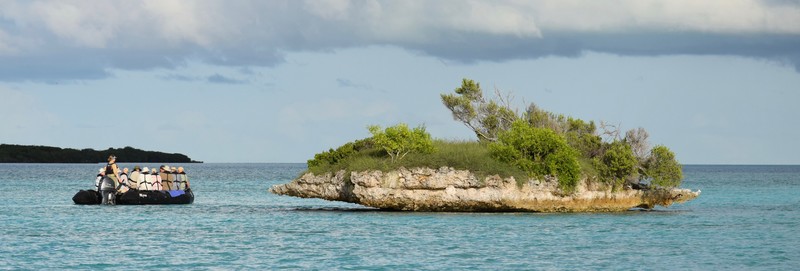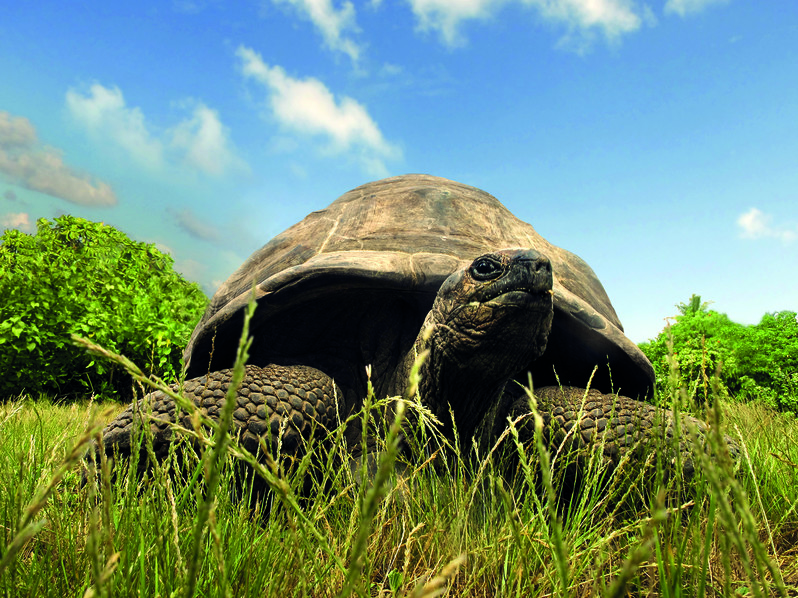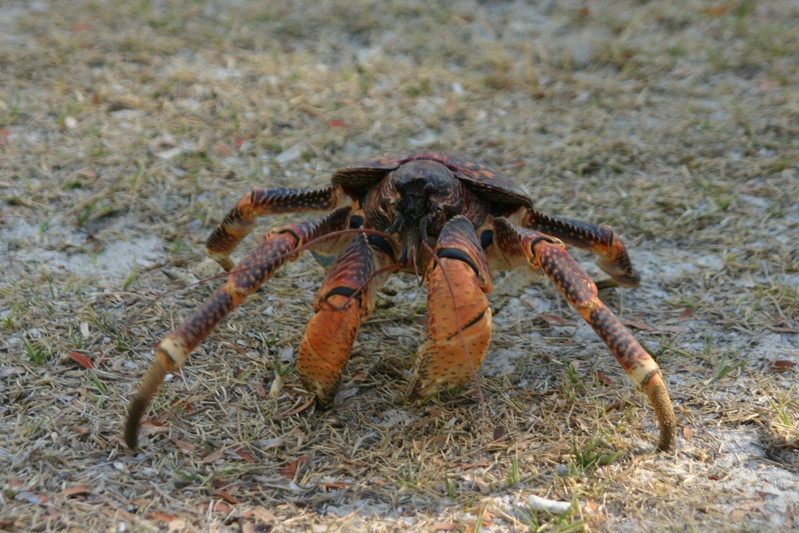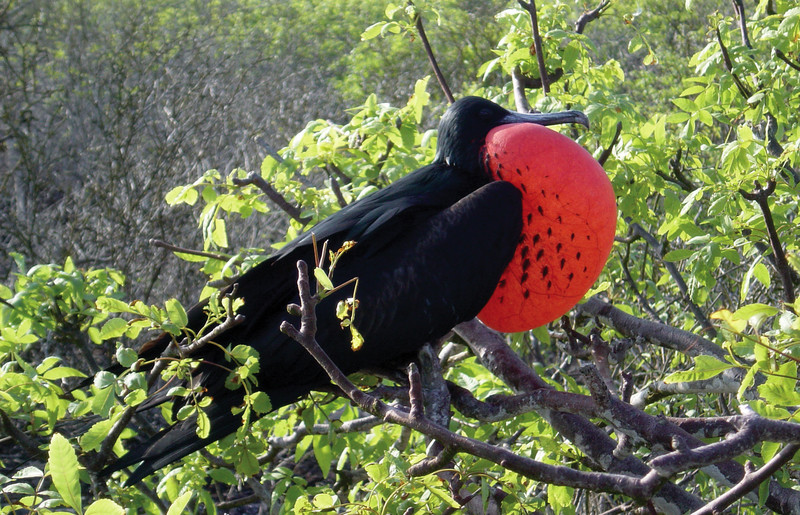Aldabra – An Indian Ocean Paradise
By Mike Deegan, Head of Fleet Operations
Mike recalls his favourite memories of small ship cruising in Aldabra and reveals what makes this remote Indian Ocean wilderness so special. Learn of the history of this atoll during the wars and of its unique wildlife of which the Aldabra giant tortoise is so emblematic.

The Aldabra Atoll is a distant outpost of the Seychelles – actually closer to the East African coast than the Seychellois capital - and is the 2nd largest coral atoll in the world. At 26 feet above sea level, it is the largest exposed such atoll. Unlike Galapagos, to which it is often compared, there is no airstrip or jetty so its pristine nature is preserved and it is much more isolated and difficult to visit – unless you arrive in style aboard one of Noble Caledonia's small ship expedition cruises of course!
I have been lucky enough to visit on several occasions and can confirm this unspoilt outpost is one of the world’s most amazing wildlife paradises, where many species you are likely to see are unique to its shores and where commercialism and plundering of resources have not occurred. The atoll is roughly 21 miles long (in an east/west aspect) and nine miles deep and takes the form of four islets in a rough rectangle formation which surround a shallow lagoon. The gaps between the islets are very narrow indeed although the lagoon is large (866 square miles – two thirds of which dries out at low tide) the inrush and outrush of the tides twice a day has created a unique bio diversity. Large seabird colonies abound as do turtles, tortoises and marine life.
Aldabra was an unlikely centre of activity in both World Wars – in World War I the German Light Cruiser Koenigsberg and her supply ship Somalia hid from pursuing British warships in the lagoon. This was indeed an audacious feat of seamanship demonstrated by her Captain, Max Loof, as the fast running currents and huge swells at every flood and ebb would make any entry and exit very dangerous indeed. The bravery worked as she eluded the British (although they caught up with her later in the War) due to good concealment and probably due in no small measure to the British deducing no ship could possibly enter the lagoon. In World War II the British established a refuelling base for ships and flying boats.
The unique isolation and unspoiled charm was nearly lost forever during the Cold War. In 1965 plans were made to construct a large air base there to protect the Middle East from attack by the Eastern Bloc. In the event, representations from ecologists and other interested parties persuaded Prime Minister Harold Wilson to look for another location – Aldabra was saved but the repercussions for Diego Garcia are well documented.
I once drove a Zodiac into the beach landing site there and was shadowed either side by a reef shark and flying fish skimmed the surface ahead of the craft to guide me in! Meanwhile turtles flashed past just below the surface. There is no permanent population here but scientists and wardens live in a small settlement (La Gigi) for part of the year. Small cruise ships such those offered by Noble Caledonia only visit by special licence and mass, even limited, tourism is kept very much at bay by the Seychelles Government. The atoll was awarded UNESCO World Heritage Site status in 1982 – the brass plaque confirming this status can be seen in La Gigi.

The Aldabra giant tortoise (Aldabrachelys Gigantica) is unique to Aldabra. The current population of the species on the Atoll (approximately 100,000) represents about two thirds of the total world population of giant tortoises (approximately 150,000). This seemingly large population belies the fact that the species nearly died out in the 19th century when visiting ships captured huge numbers for food (in 1842 two ships are recorded as having removed 1200 between them). By 1900 there were very few left on Aldabra and the species may have died out had it not been for the work of the first lessee of Aldabra, James Spurs, who prohibited the killing of these animals in 1891. When fully grown, adult males can reach lengths of 1.2 metres and can weigh up to 550 pounds, whereas females reach lengths of 0.9 metres and weights of 330 pounds. They have unusually long necks and can rise up on their hind legs, which allows them to reach the lower branches of trees in search of food. The Aldabra giant tortoise is essentially a herbivore but sometimes eats small rodents. Surprisingly they can achieve relatively fast speeds over short distances and live as both solitary animals or in herds. They tend to be most active in the early morning and reside in burrows (to protect them from the fierce heat) later in the day. They can live very long lives – just how long was open to much conjecture as most animals outlived their human observers. However when Clive of India’s pet died in captivity in 2006, its carapace (shell) was carbon dated which determined the animal was between 250 and 255 years old when it died. Females lay clutches of 8 to 12 eggs in November and January and about half are fertile. The successful hatchlings then run the gauntlet of predators as they make for the sea after hatching.

Another unusual resident of this amazing destination is the coconut crab – Birgus Latro. These land crabs are hermit crabs (in their adult form at least) and are the largest living arthropods (an invertebrate having an exoskeleton) in the World. They are born into shallow water and live as larvae later developing a shell. As they emerge into adulthood they come ashore and become land dwellers – indeed adults that fall into water invariably drown. A fully grown coconut crab can grow to be up to one metre across and will feed on fruit, nuts, meat from dead animals and fish. Despite their name the coconut is not an important part of their diet although they can open one with their huge claws. Coconut crabs can and do climb trees and tend to be red in colour on Aldabra as opposed to blue elsewhere – they are found throughout the Indian and Pacific Oceans. To adapt to life wholly on land, they have developed an acute sense of smell which, unusually for crabs, operates exactly the same as in insects and for the same reasons (to detect potential food sources over long distances) – they flick their antenna to pick up interesting aromas. This form of evolution is known as convergent evolution. Coconut crabs are fiercely territorial and can fight to the death amongst themselves. They are regarded by some populations as a delicacy and aphrodisiac. Other than these two examples, they have no predators to threaten them. Coconut crabs generally live in burrows to maintain moisture during the day but emerge in the evening or in periods of rain. They can administer a nasty pinch on humans unlucky enough to be targeted and they do not easily let go! However scientists have recently discovered gently stoking the crab’s underside (ie tickling it) induces it to loosen its grip.

There are huge colonies of oceanic flamingos, and frigatebirds, of which there are two species to be found there in great numbers – the great frigatebird (Frigata Minor: unusual in that the female can grow to over one metre across and is larger than the male) and the lesser frigatebird (Frigata Ariel). Frigatebirds are designed to be on the wing – they are unable to walk and rarely swim although they can climb in the bushes in which they nest. Male frigatebirds have a bright red “Gular Pouch” just under their throats which they inflate to attract females during the mating season. A “must see” bird in Aldabra is the crab plover. They are white and black birds with long grey legs and their heavy bill (which they use for eating crabs as their name suggests) makes them unique amongst waders. Red footed boobies also abound in the atoll. Another species unique to Aldabra is the white-throated rail – one of the last remaining flightless birds in the Indian Ocean. The Aldabra drongo is unique to the atoll and is officially listed as endangered as only 100 examples of the species are thought to remain. The bird is recognisable for a black plumage, large bill and red eyes.
The opportunity to visit this Indian Ocean enigma aboard a small ship, especially given its isolated location and the difficulty of getting there, and especially for wildlife lovers, should not be missed. Maybe then you too will have a favourite memory from this island paradise to rival mine of the reef sharks, the flying fish and the turtles.





